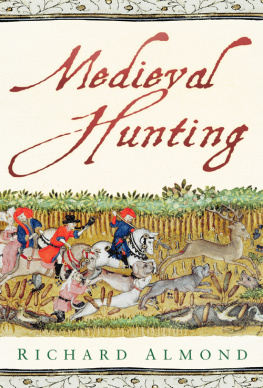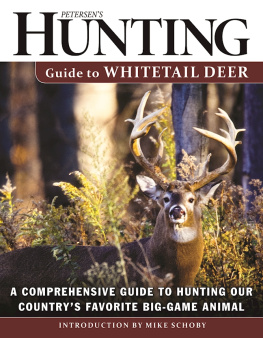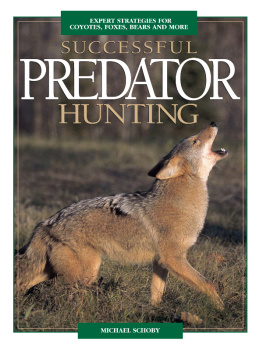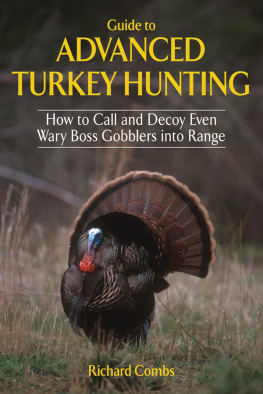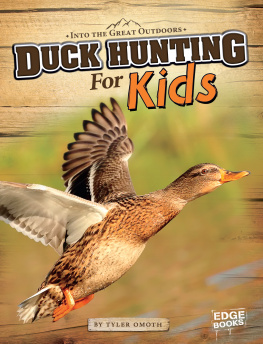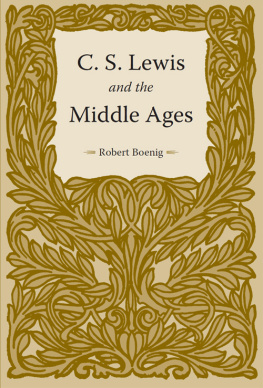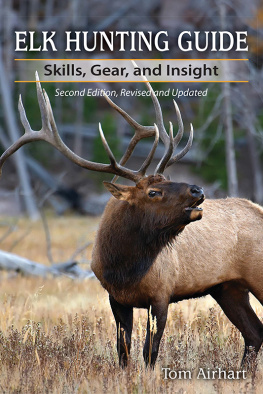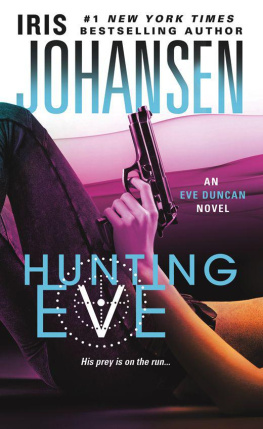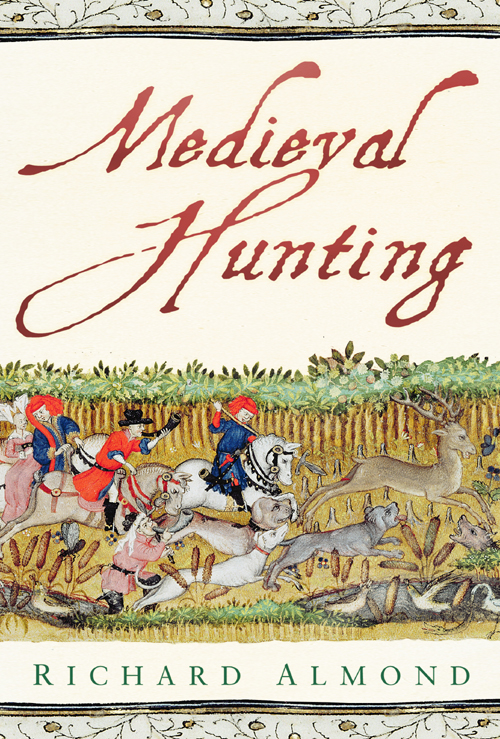Medieval
Hunting
RICHARD ALMOND

To Anne, Rosamunde and Rohan
Front cover: LAT 1156 B f.163 November; deer hunting, from the Hours of Marguerite dOrleans, 1426-38 by French School, (15th century) Bibliotheque Nationale, Paris, France/ The Bridgeman Art Library.
First published in 2003
This edition published in 2011
The History Press
The Mill, Brimscombe Port
Stroud, Gloucestershire, GL5 2QG
www.thehistorypress.co.uk
This ebook edition first published in 2012
All rights reserved
Richard Almond 2003, 2011, 2012
The right of Richard Almond, to be identified as the Author of this work has been asserted in accordance with the Copyrights, Designs and Patents Act 1988.
This ebook is copyright material and must not be copied, reproduced, transferred, distributed, leased, licensed or publicly performed or used in any way except as specifically permitted in writing by the publishers, as allowed under the terms and conditions under which it was purchased or as strictly permitted by applicable copyright law. Any unauthorised distribution or use of this text may be a direct infringement of the authors and publishers rights, and those responsible may be liable in law accordingly.
EPUB ISBN 978 0 7524 7462 5
MOBI ISBN 978 0 7524 7461 8
Original typesetting by The History Press
Contents
Acknowledgements
I n my research for this book, I have consulted hundreds of manuscripts and printed sources over a period of more than eleven years. Many of these sources feature in this publication. Obviously, over such a long period, I have received help, advice and comment from a large number of people: I wish to thank you all collectively. In addition, I owe a special debt of gratitude to Professor Tony Pollard for reading this typescript and for his constant interest, sage advice and invaluable discussion on things medieval. For the revised edition of Medieval Hunting (2011) my grateful thanks to John Langton and Graham Jones of St Johns College, Oxford, for the most recent figures of forests and chases. Thanks also to Colin McKelvie for his expert comments on the habits of woodcock. Finally, but not least, I wish to thank my family for their encouragement, tolerance and unfailing belief in me as an author.
Foreword
L ate-twentieth century historians, as a whole, disapproved of hunting. As a result they tended to underrate its significance in the medieval centuries. They would note its popularity, especially with the aristocracy, and pass on, regretting the frivolity (or the cruelty), to other weightier and worthier matters. Or, in the case of the common man hounded for poaching, highlight only his struggle against repression. Both focuses were misleading, for hunting was central to the lives of all classes, and enjoyed by all three estates and both sexes. In this splendid new examination of the subject, Richard Almond brings manuscript illustration, documentary sources and literary evidence together to lay bare the purposes, methods, customs and rituals of the pursuit of wild game as a shared culture.
Most of what writing there has been on hunting has focused on the aristocracy, understandably because the surviving sources were generated for their use and pleasure. Besides throwing new light on aristocratic hunting, especially the under-researched participation of women, Almond here does full justice to the hunting practised by the common man, which had its own skills and rituals. Inevitably, since aristocrats sought to preserve a monopoly of the best sport, hunting could be a source of social conflict. However, in the later Middle Ages, from which centuries the greater quantity of evidence survives, hunting was less divisive than either before or after. Broadly speaking, in an era of low population, there was enough game to go around. Social barriers were crossed not just in the organisation of the hunt, but also, as illustrations show, in the aristocratic knowledge and appreciation of general practice.
Nevertheless the boar and especially the deer, were the noble quarry. The aristocratic rituals and ceremonies developed in pursuit of the hart, the mature, male red deer, were of deep cultural significance on several levels. The chase was seen as a preparation for war, not only because it made men fit and hardy, but also because the hunter put himself at risk. Going over the tusks or the antlers for the kill was a moment of supreme danger. It was also a moment, as poets knew, erotically charged. Hunting was thus more than a pastime, a preparation for war, or part of the struggle for existence; it ritually re-enacted male domination. To be learned in venery was as essential an attribute of nobility as to be well-versed in chivalry.
What sets the book apart from earlier works on the subject is the skilled reading of the visual evidence, set against the poetic treatment of the topic and the information provided in the instructional manuals which guided aristocratic hunting. Almond is too good a cultural historian to assume that what illustrators were commissioned to show, poets composed for their audiences, or even instructors set down for the learner, can unquestioningly be taken as representations of reality, of what actually happened. It is one of the great strengths of this work that he continually probes into what might be a representation of the actuality and what of the ideal. What we know of medieval hunting is thus as much how men wanted it to be perceived as what it in practice entailed. But in itself the very representation is highly revealing of the medieval world view. This is a book that both redresses a gap in our understanding and, through its analysis of the evidence, especially the visual, opens up a new window on the medieval mind.
Professor Tony Pollard, 2003
Introduction
H unting. One of the oldest activities of man and linked from the earliest times with gathering. Today, however, it is one of the most emotive words in the British Isles, immediately conjuring up stereotypical images of fox-hunting, regularly thrust at the public by the British media, hunt-supporters and the anti-hunting lobby. At the outset, therefore, it must be stated that this book is a scholarly study of hunting in the Middle Ages and of its place and functions in late medieval society. In the time-span with which this book primarily deals, the later medieval period and Renaissance (roughly from the early thirteenth to the end of the sixteenth centuries), there were numerous methods of hunting and a wide variety of beasts and birds to hunt, many of which are no longer legitimate quarry species.
Hunting and hawking are an integral part of European culture and they have provided an immense wealth of written and illustrative material, much of it instructive, some humorous, some ludicrous and not a little of it ambiguous and requiring reading on several levels. All of this evidence, however, is interesting, whatever ones views on modern hunting, and assists in recreating a picture of medieval life and society. Because it was an important part of everyday life, hunting was a feature of some schoolboy songs in the Middle Ages.1 Hunting still survives in a few childrens rhymes, notably Bye Baby Bunting, Daddys gone a hunting, / Gone to get a rabbit skin, to wrap a Baby Bunting in. On wider and higher literary levels, the works of Boccaccio, Chaucer and Shakespeare all include passages about, and clear allusions to, hunting and hawking, as do those of many other writers of the period. This is not surprising; these pastimes were part of their culture and everybody elses, whatever their class or status. For those fortunate enough to be able to participate in the formal chase on horseback and in hawking, which was also pursued on horseback, there were a number of well-known instruction texts on quarry species, methodology, dress and correct behaviour. These didactic manuals and treatises make fascinating reading for anybody remotely interested in what country life was like and how the aristocracy and gentry behaved and even thought, many centuries ago. The illustrated heritage of hunting and hawking is, perhaps, by its very nature, more immediately fascinating. The evidence is overwhelming in variety and amount and includes fabulous illuminated manuscripts such as Books of Hours and psalters, panel paintings, altar pieces, paintings by famous artists, tapestries, wall-paintings, frescoes, stained and painted glass, tomb sculpture and wood-carvings such as misericords. It has the advantage of being virtually all in colour too, so in that respect alone is more empathic to the mind-picture of the period than black-and-white photographs of the nineteenth and twentieth centuries which inevitably conjure up images of a dull, drab, monochrome world. The medieval world was none of these things; the pictorial evidence grabs the imagination and presents a colourful and intensely romantic slice of history. Is this image accurate? It is not, but it does nevertheless form some part of the whole picture and all the evidence of hunting is vitally important in the clarification, assemblage and creation of a holistic image of the medieval world.

